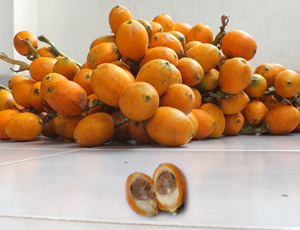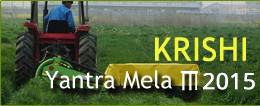Consumption
Chewing the mixture of arecanut and betel leaf is a tradition, custom or ritual which dates back thousands of years in much of the geographical areas from South Asia eastward to the Pacific. It constitutes an important and popular cultural activity in many Asian and Oceanic countries, including Pakistan, the Maldives, India, Nepal, Sri Lanka, Bhutan, Bangladesh, Myanmar, China, Laos, Thailand, Malaysia, Indonesia, Cambodia, Vietnam, Taiwan, and the Philippines. It is chewed alone and usually after the meals or more commonly along with betel leaf or pan with or without tobacco and sometimes with a variety of many ingredients that are prepared in elaborate ways. Pan chewing often forms almost a ceremonial necessity.
Betel chewing is often a complex art. The simplest and the more prevalent methods are to have a mixture of three ingredients, betel leaf, betel nut and lime. Slices of cured or semi ripe or fully ripe nuts are first placed in the mouth and then fresh leaves of betel smeared with lime are taken in and chewed together. The habit is essentially an after-dinner practice as a sweetener of breath. This is not harmful and aids indigestion. Quite often however, an elaborate mixture of cloves, cinnamon, cardamom, nutmeg and other spices are added along with the paan and chewed. Another method is to use tobacco. The use of betel is mostly habit forming.
>> Post Comment…





